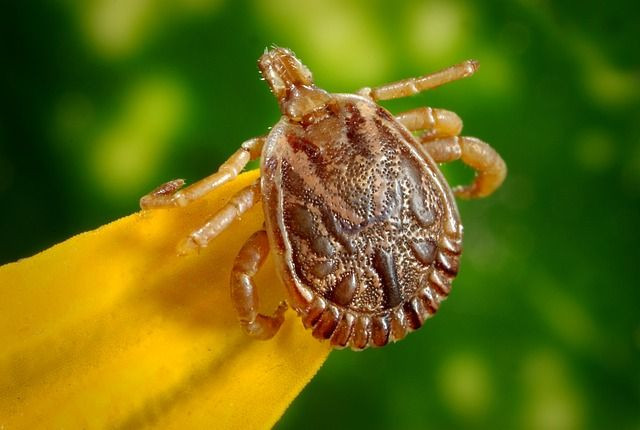Lyme Disease Awareness Month 2017: Prevention And Key Facts To Know As Weather Gets Warmer

May is World Lyme Disease Day, a time to raise awareness of a disease that more than 25,000 people contracted in 2015, and was suspected in over 35,000. Rates of Lyme disease continue to rise in the Northeast United States. To protect yourself and your loved ones from this painful bacterial infection, read up on the following key facts to know about the disease, and how to prevent it.
What Is Lyme Disease?
According to the Centers for Disease Control and Prevention, Lyme disease is a bacterial infection caused by the bacterium Borrelia burgdorferi. The bacteria is transmitted to humans through the bite of infected blacklegged ticks.
The ticks can't fly or jump, the CDC report. Instead, they wait for either a human or animal host while resting on the tips of grasses and shrubs. Although they can attack anywhere on the body, their favorite places to attach are in areas such as the groin, armpits, and scalp.
Early symptoms of Lyme disease may include: Fever, chills, headache, fatigue, muscle and joint aches, and swollen lymph nodes.
Thankfully, most cases of Lyme disease can be treated successfully with a few weeks of antibiotics. However, if the infection is left untreated, it may develop into more serious symptoms such as arthritis with severe joint pain and swelling, particularly the knees and other large joints, and facial palsy where you may experience a droopiness on the face, The CDC report.
Read: Is Lyme Disease Contagious? Clues Hint That It May Be A Sexually Transmitted Disease
Prevention
The main route of exposure to the Lyme disease bacteria is through ticks, therefore, the best route of prevention is preventing tick bites. This can be done by avoiding wooded areas with especially high grass or large amounts of leaf litter.
In addition, use repellent that contains 20 percent or more DEET, picaridin, or IR3535 on exposed skin for protection that lasts several hours. It also helps to wear clothing and use tents that contain 0.5 percent permethrin, the CDC advises. If you do not have permethrin clothing, it helps to wear long socks or pants when walking through wooded areas to prevent ticks from attaching, WebMD report.
In most cases, the tick must be attached for 36 to 48 hours or more before the Lyme disease bacterium can be transmitted, the CDC reports. So it’s helpful to search yourself and your loved ones for ticks after you have been in tick-infested areas, such as hiking through the woods. It also helps to take a shower or bath after returning from wooded areas, as this can not only wash away newly lodged ticks but also make them easier to spot.
In addition, put clothing in the dryer after washing to ensure that you’ve completely killed or dislodged any ticks that may have caught a ride on your clothing.
See Also:
Why The Risk For Tick-Spread Condition Is Growing
What Is Lyme Disease?: Signs And Symptoms Of The Invisible Illness



























